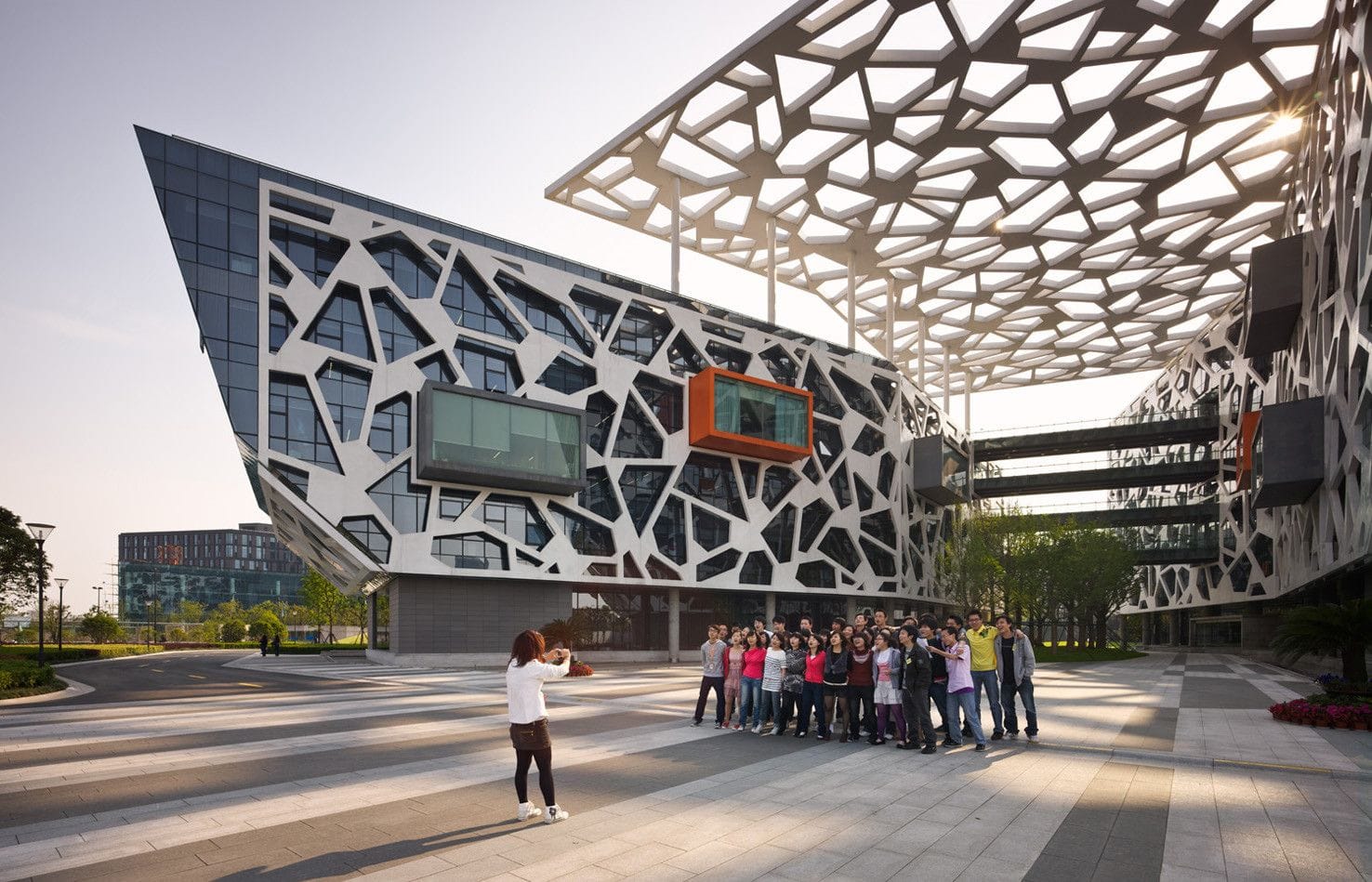Honeywell International Inc., a renowned industrial conglomerate, has revealed its strategic plan to split its business into three distinct and independently-operating companies. The restructuring initiative comes amid mounting shareholder and market demands, aiming to streamline operations and ensure more focused business growth. While such separations have been observed among other manufacturing powerhouses like General Electric, the announcement marks a pivotal shift for Honeywell, which has long balanced operations across multiple sectors including aerospace, automation, and advanced materials.
The Twin Cities, which host a considerable portion of Honeywell’s operational backbone, will continue to play a critical role in supporting its post-split growth trajectory. As of now, local employees and facilities are preparing for transitions, as each of the three to-be-formed companies concentrates on its respective domain.
Motivation Behind the Decision
This restructuring aligns with growing corporate tendencies to simplify conglomerate structures, particularly in response to investor feedback. Honeywell, headquartered in Charlotte, North Carolina, faced recent pressures from activist investor Elliott Management, which acquired a $5 billion stake in the firm. According to company executives, breaking up the vast network of its business can refocus investment portfolios and usher in innovation and agility in specific target industries.
The three newly-organized business entities will be publicly traded and focus on three critical areas:
1. Aerospace and defense operations
2. Building automation and environmental systems
3. Advanced materials and sustainable solutions
Each segment represents current strengths of Honeywell’s vast industrial ventures. Moreover, the separation will allow independent management teams to prioritize their innovation goals.
Impact on the Twin Cities
Honeywell’s long-standing connection to the Twin Cities as a hub for commercial innovation and technological advancement remains a significant narrative in this announcement. Though headquartered in North Carolina, the company derived much of its initial legacy from its historical Minnesota roots.
Following the announcement, regional workers in the Minneapolis-Saint Paul metropolitan area expressed mixed reactions. Some foresee enhanced opportunities specific to smaller-scale, autonomous companies, but others worry about reorganizations impacting local employment or resource allocation.
Leadership, however, has emphasized that significant layoffs or reductions in regional operations are not anticipated during the spin-off period. A spokesperson from Honeywell intimated that the Twin Cities will retain corporate representation and maintain its contributions to Honeywell’s legacy.
Deep Dive into Industry Disruption
Splitting its operations into three entities places Honeywell into a growing list of U.S. businesses restructuring under market and shareholder expectations. Rivals like General Electric and Alcoa made similar adjustments in recent years, underscoring a trend where conglomerates are moving towards specialization over sprawling operations covering numerous industries.
Honeywell’s transition follows a report citing difficulties maintaining long-term momentum within broad-ranging industrial operations. Independent business operations are also better positioned to raise capital, acquire niche firms, and scale faster.
The aerospace division, which constitutes an essential percentage of Honeywell revenues, could benefit from lighter bureaucracy compared to companies that manage too many sectors under one umbrella. On the other hand, specialists in building automation solutions—which leverage machine learning and AI-enhanced systems—can conform more rapidly to emerging energy-related legislation and technological paradigms.
Market and Shareholder Response
Market analysts have broadly viewed this decision favorably. Stockholders have long debated whether specialized segments promoted by Honeywell’s leadership would increase business performance metrics while facilitating greater shareholder returns. Despite some warnings about transitional risks, initial market reaction to the announcement showed a rise in Honeywell share values.
Competitors and related industry players will be closely monitoring not just Honeywell’s reallocation efforts but also looking at their traction in niche industries. Potential partnerships, rivals, or supplier adjustments will accompany full-scale operational evolutions planned by end-company development.
Expected Outcomes Post-Split
Honeywell anticipates completing the separation process by early next year, believing that independent operations will see more freedom to pursue partnerships and innovation in untapped markets. The aerospace arm, historically a dominant contributor to corporate revenue, will redefine its corporate branding shortly before independence. Investors eye this transition as a potential catalyst driving better long-term focus in aerospace technology manufacturing.
Meanwhile, eco-conscious initiatives driving a cleaner materials portfolio are expected to position Honeywell products nicely against rivals marketing sustainable products in high-demand sectors.
Final Notes
The unfolding developments underscore how large conglomerates like Honeywell keep reshaping their futures to stay relevant against market forces and narrower industry systems. While it may take time to gauge the split’s effectiveness, Honeywell’s decision is deemed pivotal in a market valuating agility over conglomeration size.



